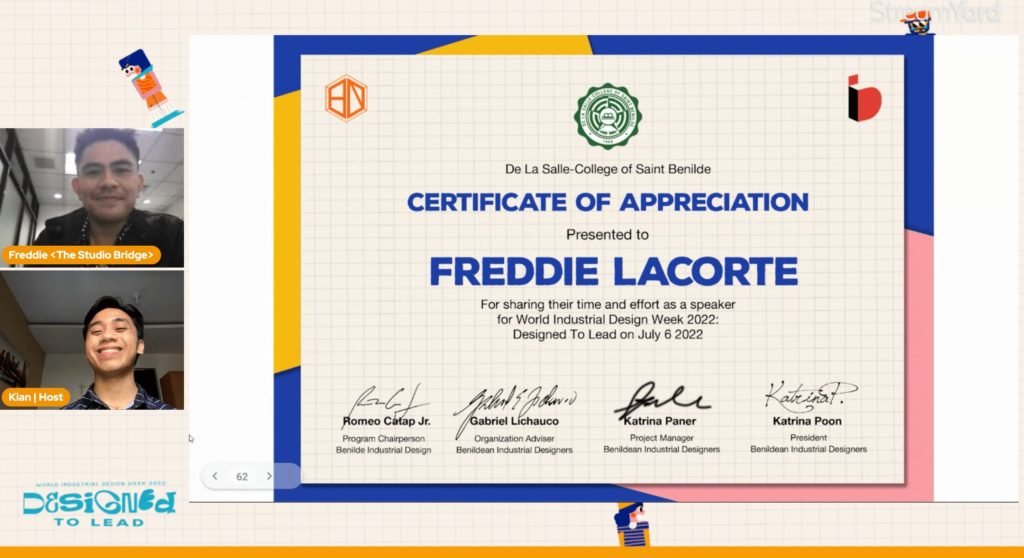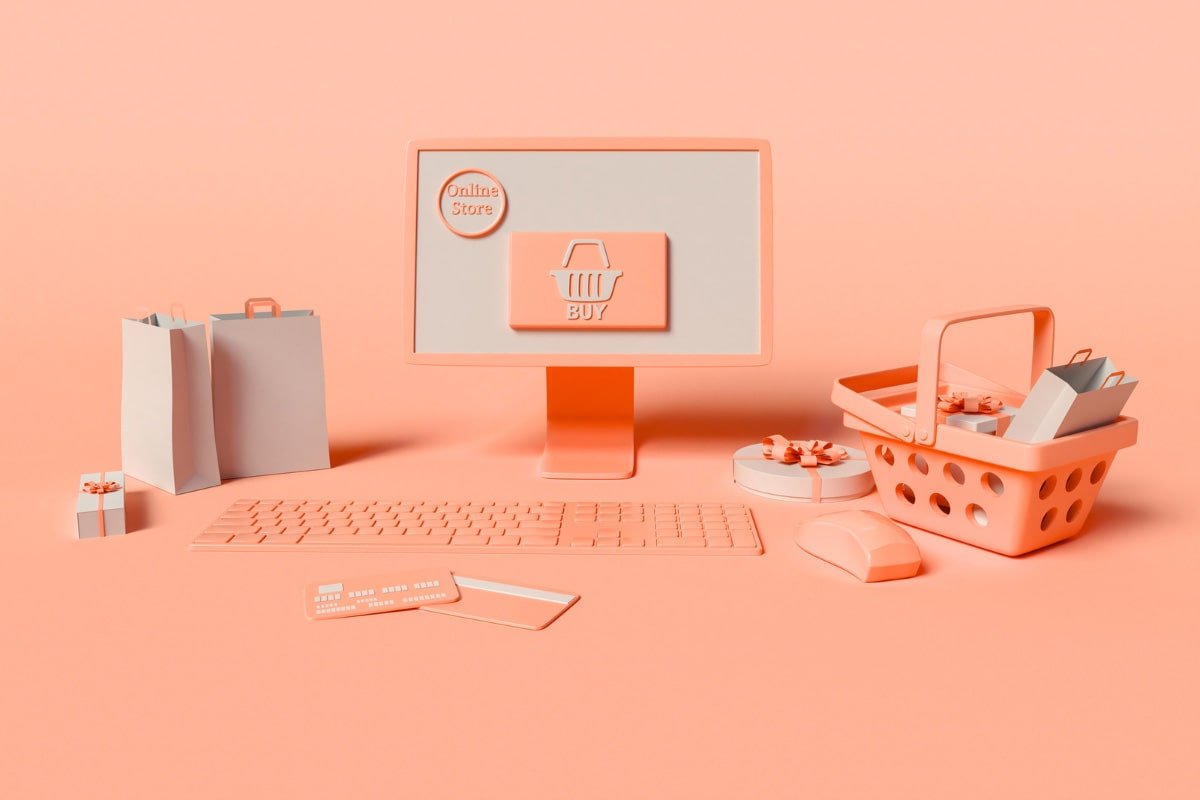Recently, ‘The Studio Bridge’ has been invited in a speaking engagement at De La Salle-College of Saint Benilde in celebration of the World Industrial Design Week 2022; organised by the Benildean Industrial Designers. On 6 July, Freddie Lacorte, the Team’s Sales & Marketing Manager conducted a talk about how design students and community members play a key role in leadership and design through marketing, consumerism, and psychology.

In this blog, we are sharing with you a part of this insightful talk where you can surely gain useful tips on how design classifies and differentiates the fields of Marketing and Psychology.
Staying Relevant in the Market
While the world of today constantly evolves, the biggest challenge of brands face is staying relevant in their respective target markets. And should one know know what is the main reason behind these rapid changes? It is the ever-changing behavior of the customers (the “client needs” in ‘The Studio Bridge’ context and the so-called “consumer demands” to some).
Most importantly, wider yet unique choices and opportunities are front-ready among consumers. They can easily switch or match their demands to a company that offers products and services that suit their wanting.
As brand, ask yourself these questions:
Is the customer buying from your competitor?
Why is a consumer buying from your competitor?
What features attract a consumer to your competitor’s products?
What gaps are your consumers finding in your products when compared to your competitors?
Design, which can be defined in many ways, refers to a creative development of an object, system or an implementation that results to an artistic and technical form of a prototype, product, or process. This is ultimately defined as a Noun.
Meanwhile, as Verb, it expresses an actual process of developing a design.
To stay relevant in the market, let’s look at the benefits of design between Marketing and Psychology.
Benefits of Design in Marketing
Marketing, in simple terms, can be defined as an art of promoting and selling products (whether tangible or intangible). In developing designs, one must at least look at the basic 4Ps of Marketing, which includes Product, Place, Price, and Promotion.
Product can relate to an actual output of design – whether it’s packaging, animation, website, and marketing collaterals like brochures, flyers, corporate folders, etc. Bet that there’s a lot more onto this list. Place can refer to channels of distribution – whether it’s out-of-home, brick-and-mortar businesses, and in digital platforms.
Price is identified with the amount or cost needed in exchange of availing an actual product or service. In design, this may vary in fixed, project-base, retainers, and hours served. Promotion, attuned to pricing strategy, is an attempt by marketers to educate, persuade, or entertain consumers and B2B users to influence their opinion or elicit a response.
With these 4Ps of Marketing, commonly known as the “Marketing Mix”, the benefits of design can be well tailored and planned out.
Benefits of Design in Psychology
On the other hand, Psychology is a science of studying human behaviour. This has 4 types that can also bring forth benefits to design: Cognitive, Forensic, Social, and Developmental.
Through Cognitive Psychology, we can study design in deeper level; in such a way that we must take into consideration the mental processes of information gathering and processing, attention, use of language, memory, and perception, problem-solving and decision-making. Characterised by endeavours intended for ability within the judicial and legal systems, Forensic Psychology may be applied in publishing, infographics, and other design specifics attributed to this nature.
The Social aspect can also be benefitting in developing designs while looking on to how people interact and socialise with others.
Lastly, Developmental Psychology touches on how people, the “consumers,” grow, learn, and adapt to different life stages.
Which one is better to pratice in Design? Marketing or Psychology?
The answer is both.
Design as a form of art and science, can be more beneficial when brands take a leap of deeper understanding in both subjects. Design is never one-sided. It has limitless opportunities.
In essence, the marriage of marketing and psychology provides a richer understanding of human behavior, allowing marketers to craft strategies that are not only more persuasive but also more attuned to the needs and desires of their audience. By placing the consumer at the heart of marketing efforts and using psychological insights to guide strategies, brands can foster deeper connections and drive desired consumer behaviors.
If you find this article interesting, connect with us, and will be glad to chat with you. Otherwise, share this among your friends on socials.
Connect with us or Schedule A Call for starters.
About The Author

Freddie Lacorte
He's the Brand Architect "slash" Digital Trailblazer of the Team. Freddie brings forth his expertise in Marketing, getting the word out there about us. Whether it's establishing one's identity with branding solutions, or tapping onto the latest digital trends, he got those covered. On the side, he's a frustrated singer who plays acoustic guitar.
View Freddie’s LinkedIn Profile here.
